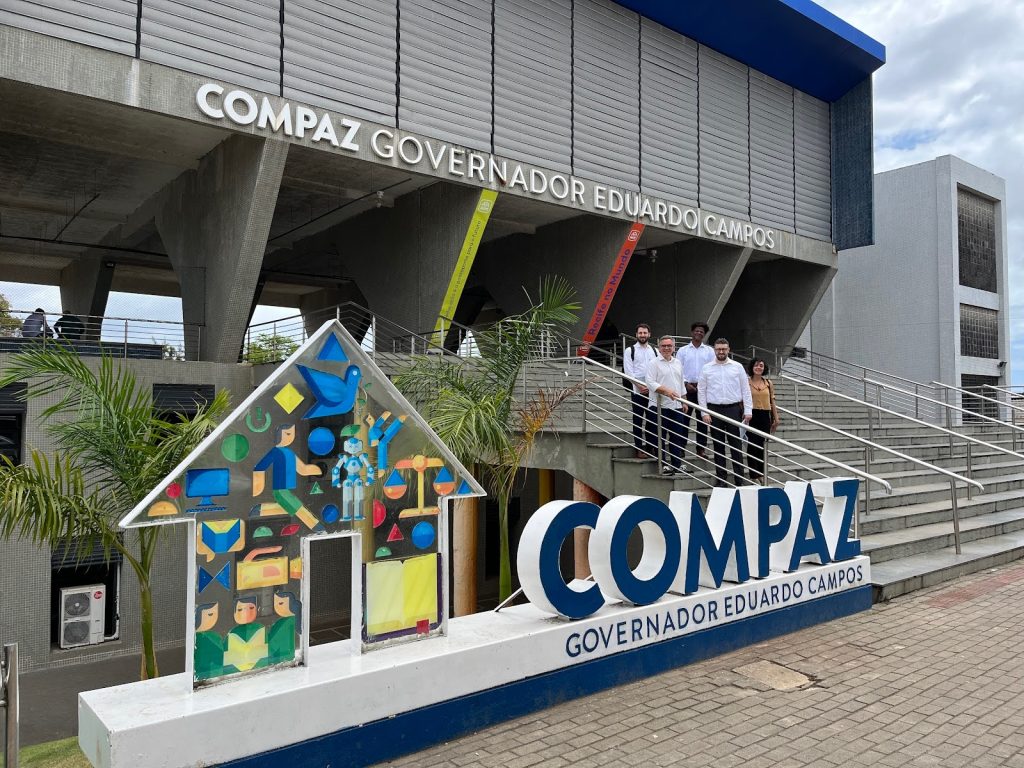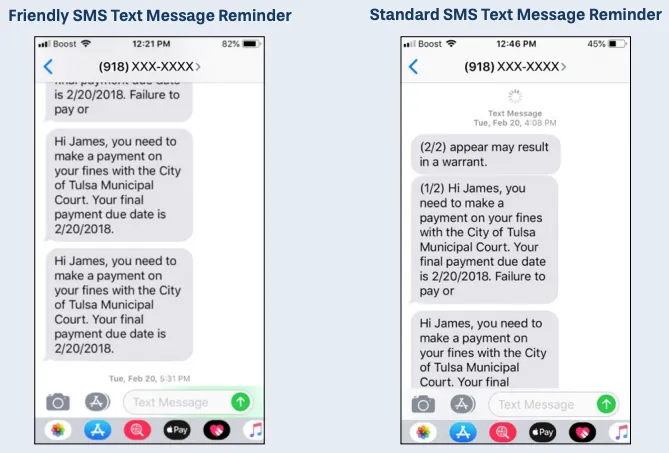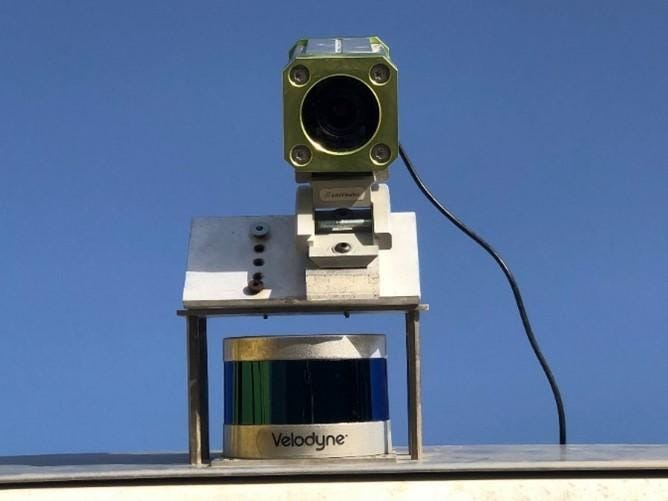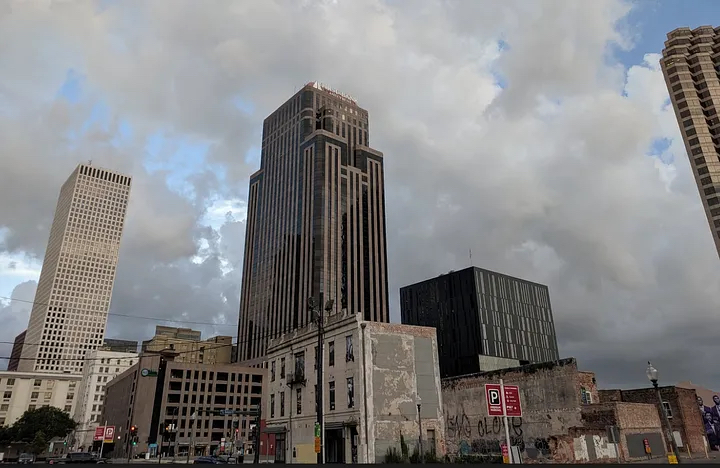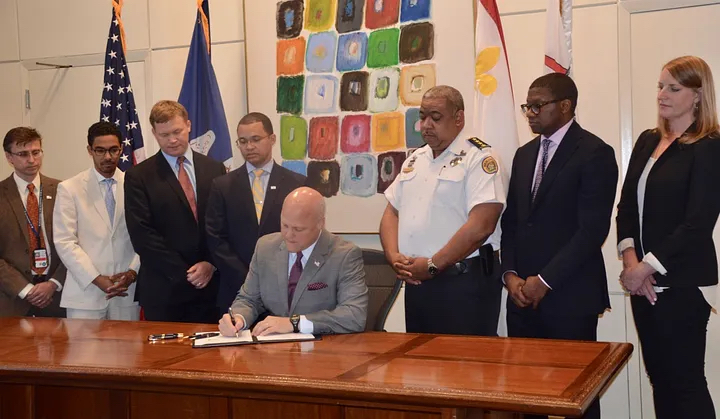Hamilton, Canada
A Data-Driven Approach to Innovative and Collaborative Solutions for City Operations
Project Type:
Community Engagement, Cross-Sector Collaboration, Education

At a Glance
237 CityLAB projects completed since 2017
156 City staff members involved in CityLAB projects since 2017
Complex challenges can be overcome through creative collaborations grounded in data. That’s a core premise of CityLAB Hamilton. This innovation hub in the Lake Ontario city unites government, academic leaders, and students to conduct research, gather data and propose evidence-based solutions. Since 2017, hundreds of CityLAB projects have tackled a range of challenges—from housing to city hiring practices to bike infrastructure—with support from more than 4,100 students across Hamilton’s three post-secondary academic institutions. CityLAB Hamilton facilitates strong and meaningful partnerships that enhance mutual understanding of City processes and encourage a more open and transparent government through collaborative problem-solving.
Each project starts with City staff, who identify a specific work-related challenge and request a deliverable aligned with a City strategic priority. CityLAB’s Program Committee then matches the project with a faculty member at Mohawk College, Redeemer University or McMaster University who integrates the project challenge within their coursework. A professor then guides a team of students as they research the problem, collect data, conduct fieldwork, and pilot and/or recommend solutions.

Case in point: one project assessed the risk and impacts of extreme heat on city facilities in Hamilton, which faces rising temperatures due to climate change. A group at Mohawk College mapped at-risk facilities and made recommendations for energy efficiency and cooling strategies, as well prioritization criteria for mitigation efforts. Other projects have focused on optimizing public transit services, analyzing city hiring practices to foster inclusion, closing the gender gap among Hamilton cyclists, and assessing the feasibility of pole-mounted WiFi networks in public spaces.
One key benefit of CityLAB for the City of Hamilton is that the program lowers the risk of investing in new solutions. With more than 60,000 student hours dedicated to City-identified needs, student project teams conduct research and (in some cases) prototype new approaches, helping the City to identify evidence-based strategies for the City. By leveraging student expertise, the program reduces City research and data costs, creating efficiencies that benefit taxpayers. At the same time, students directly apply their skills and knowledge in real-world scenarios, expand professional networks, and develop a deeper connection to their municipal government while improving the City.

In 2022, CityLAB’s success propelled it to become a permanent city program after five years as a pilot effort. In many ways, it serves as an external research and innovation hub that supports performance evaluation and fosters a culture of data-driven decision-making and governance. And it’s just getting started.
“I’m proud of our team for their dedication to building a stronger, more responsive city. At the end of the day, this is about making life better for the people who live in, work in, and visit Hamilton. By using data in smarter ways, we can solve problems faster and improve the services we deliver. And this is just the beginning of what’s possible!”
“I am so proud of the City of Hamilton for earning the Silver What Works Cities Certification for 2024. This recognition highlights our commitment to using data-driven decisions to enhance customer service, transparency, and efficiency for all Hamiltonians.”




